The Museum’s collections
A museum collection seen from three angles
Work on putting together the collection of the Musée National de l’Histoire de l’Immigration began in 2005. It currently counts more than 6000 cultural objects that are the property of the State, and continues to be added to every year via the acquisition committee.
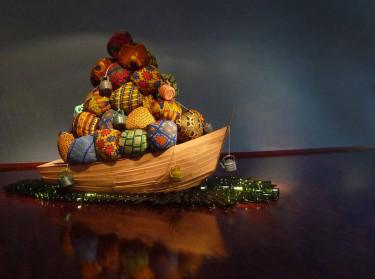
A multi-disciplinary approach
To ensure optimal reconstruction of the complex history and traces left behind by migrations in France, the Museum opted to approach the issues from several angles. Through establishing a dialogue between those different areas, the Museum aims to promote understanding and make knowledge accessible. The socio-historical context is presented alongside remarkable life journeys and artistic interpretations.
On integrating the national collections, the works, objects and documents acquired by the Museum become shared and inalienable cultural objects, for study purposes and to serve as resources in presentations to the public, ensuring a rigorous, calm and sensitive approach to migrations and identities.
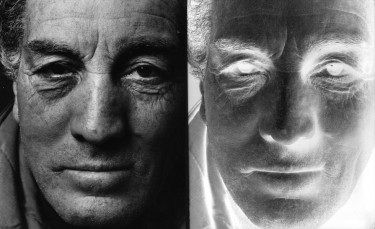
The Heritage collections
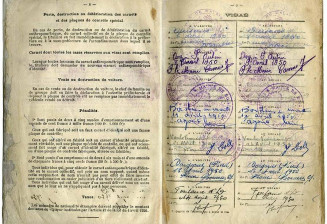
The History collection
This part of the collection features works and documents mostly stemming from the fields of photography and the graphic arts. It also includes paintings, objects and archives.
The works and objects belonging to this collection bear witness to the key events in the history of immigration, but also to the presence of immigrants in the country and the ways in which they live.
The photographic series, studio photography, objects from the History collection, embody the living environments and ways of living, working conditions and everyday life of immigrant populations in France, particularly in the 20th century.
The posters and archives in the collection express a political and state legislative history of immigration in France, structured around the issues of rights and the status of foreigners. A large collection of political and campaign posters reveal 50 years of mobilisation and struggle for immigrants. Legislation in relation to foreigners and the way it has changed over time can also be read in the ID papers and administrative documents that also make up the collection.
Lastly, a large number of illustrations, prints and postcards present portrayals, caricatures, the construction of stereotypes and clichés about foreigners, either contributing to them, or denouncing them.
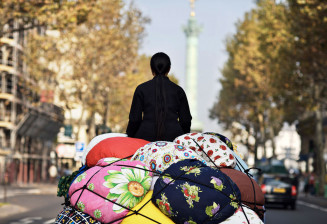
The Contemporary Art collection
The contemporary art collection currently includes 650 works from around 60 artists, either emerging or recognised on the international scene, residing and working in France or abroad.
The notions of borders, travel, exclusion, identity, but also the blending of cultural and artistic practice, irrigate the work of contemporary artists, an increasing number of whom are delving into issues relating to exile and the images associated with it.
Even though the authors of the artefacts acquired often have a connection to migration, being of foreign origin is not a choice criterion. Their personal history has mingled with the History that made France what it is today, generating a foundational dynamic. They have given birth to a work or autobiographical tale, a family journey, cracks in their being can come together to create. Often, the work goes beyond personal experience to attain a universal dimension. The works are chosen for their reflexiveness, shedding relevant light on the Museum’s themes, notably: circulation (departure, voyage, crossing, transit, return), desire and disillusion, identity (construction of complex identities, identities in migration), hospitality.
Located in the Palais de la Porte Dorée, the Museum also plays a central role in the most contemporary debates. It has expanded its analytical areas to post-colonial issues, but also to racism and discrimination, while opening up to reflection on exile to Europe and the world.
The work of art, through its diversity of form and of media (painting, photography, video, installation, sculpture, writing) and above all through its multiple meanings, introduces an additional notion. It rubs shoulders with the documentary while taking a step further to reach a symbolic dimension, imbuing it with emotion.
The work of art, through its diversity of form and of media (painting, photography, video, installation, sculpture, writing) and above all through its multiple meanings, introduces an additional notion. It rubs shoulders with the documentary while taking a step further to reach a symbolic dimension, imbuing it with emotion.
Far from being illustrative, the work of art consolidates contemporary issues in a sensitive form, one that can speak to visitors, lead them to ask questions and perhaps “see things differently”.
Through the stances they take, their visual and emotional appeal, the diffraction of their viewpoints, artists open up new perspectives, prompt questioning, whether on an aesthetic or political level. By capturing reality, they serve as image brokers, thus engaging the viewer to confront today’s world and grasp the contribution art makes to history.
See a selection of works from the contemporary Art collection
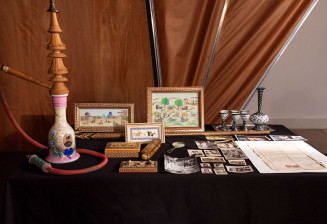
The Society collection
In this part of the collections, the objects, documents and photographs are associated with a written and/or oral testimony that places them in context. These life journeys enrich the national heritage through distinctive stories that add to the framework of the history of France, interpreted through the lens of migrations. The goal is not to illustrate, and even less to essentialize trajectories, but rather to allow people to see and hear the complexity of destinies, the chorus of different experiences.
Currently comprising a little over one thousand items, the Society collection houses objects in all materials and dimensions, mainly dating from the post-1920s.
The documentary collections
Alongside the heritage collections, the Museum collects everyday documents and objects that help place the various eras covered in context through the media, culture, politics...
They also constitute a preventative collection of elements that, should they become rare or relate to an issue that has taken on new importance, could be eligible later on for integration into the heritage collections, which enjoy a higher degree of legal protection.


